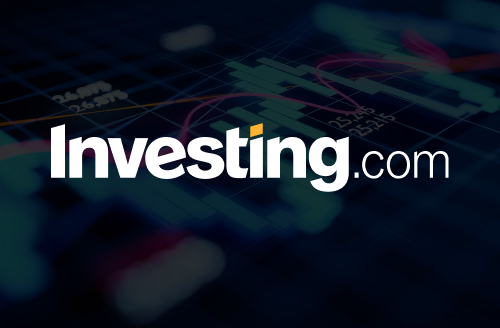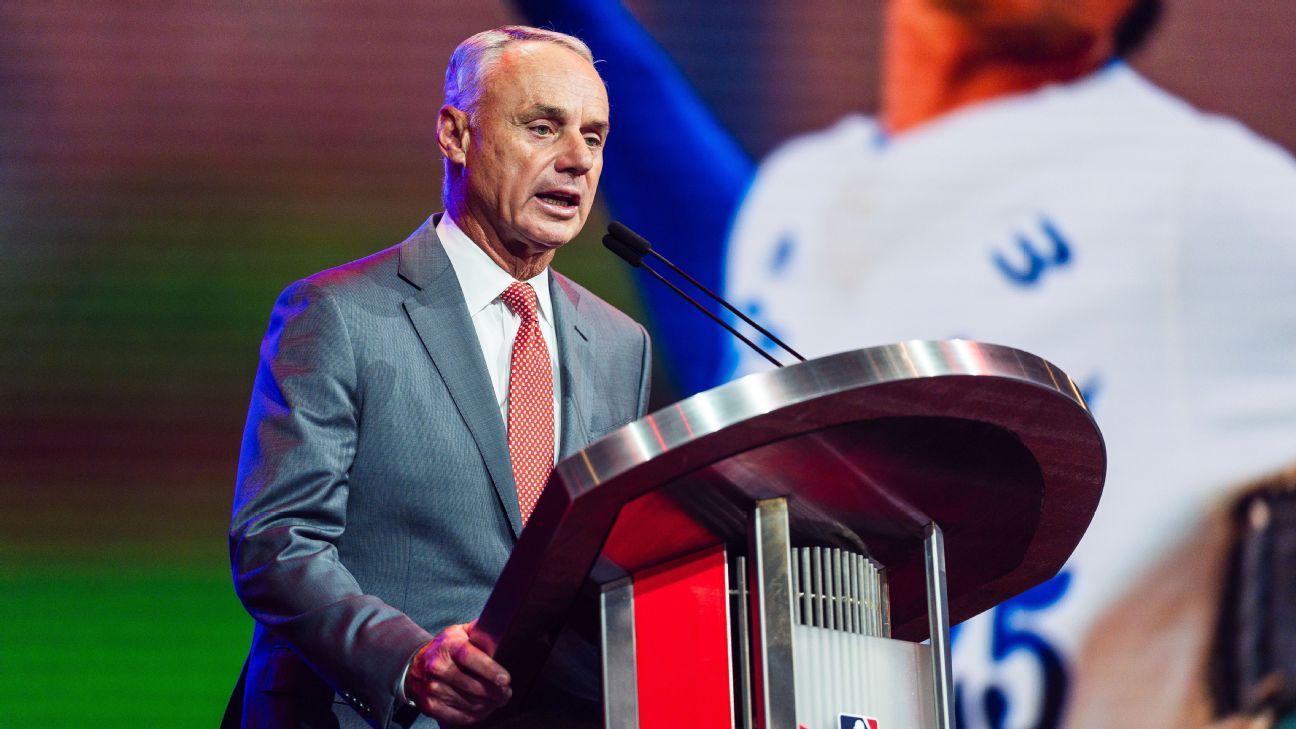
We live for those times when a bad news story turns up a great dividend opportunity. And the headlines just served one up, putting a 12%+ dividend (in a hated sector, no less) on the table.
This special situation is intriguing because no one in America is talking about it. That’s because it comes from across the pond, in the UK. Specifically, I’m talking about one of the UK’s biggest insurers, Phoenix Group, pulling £22 billion (US$30 billion) from asset manager Aberdeen Group plc (SLFPY), reportedly to manage these funds in-house.
Aberdeen’s name might ring a bell if you’re a CEF Insider member, as we’ve held the firm’s funds in the past. It’s one of the world’s largest closed-end fund (CEF) managers.
The move comes as Aberdeen has been suffering from poor performance, negative headlines, and slipping analyst sentiment.
You can see that in the performance of two of Aberdeen’s international CEFs, the Abrdn Global Premier Properties Fund (NYSE: ), in purple below, and Abrdn Global Infrastructure Income Fund (NYSE: ) (in orange).
Both have flopped in relation to a benchmark international ETF, in blue, in the last five years:
2 Key Aberdeen CEFs Lag Their Benchmarks …
(The company rebranded from “Aberdeen” to “abrdn” a few years ago, and recently—and wisely—went back to “Aberdeen” in March. The firm’s CEFs don’t appear to have been relabeled yet.)
Which brings me to those two 12%+-paying Aberdeen “diamonds in the rough”: Abrdn Healthcare Investors (NYSE: ), with a 12.4% yield, and 12.7%-paying abrdn Healthcare Opportunities Fund (NYSE: ). These are a bit unique in that Aberdeen acquired them fairly recently: at the end of October 2023, to be precise.
Before that, both were owned by Tekla Healthcare Management and run by a team that included both medical researchers and financial pros. The proof of that approach is, as they say, in the pudding. As you can see below, over the last three years, both HQH (in orange below) and THQ (in purple) have beaten the benchmark pharma ETF (in blue), even though the return on all three has been mediocre at best:
THQ, HQH, Beat the Index in a Tough Environment
Healthcare has been weighed down—especially this year—with the appointment of RFK Jr. as head of the HHS, the threat of tariffs on imported pharmaceuticals and pressure from the Trump administration to cut drug prices. But there are signs this pessimism may be overdone, setting up the first part of our opportunity:
HQH, THQ Have “Discount Momentum”
Above we see the discounts to net asset value (NAV, or the value of their underlying holdings) on THQ (again in purple) and HQH (in orange).
As you can see, these markdowns have been narrowing in the last few years, even with THQ vaulting into premium territory, only to see that premium collapse. Those “discounts-with-momentum” are the second part of our buy case here.
Now let’s look at each fund’s NAV performance, because we can clearly see that HQH’s total NAV return (in orange below)—or the performance of its underlying portfolio, including dividends collected and reinvested—outstrips that of THQ (in purple).
HQH’s Portfolio Gains, Despite Its Deep Discount
And HQH is cheaper, too, with that 6.4% discount compared to 3.7% for THQ.
A better-performing portfolio and a deeper discount? That gets our attention!
This is why it makes sense to dip a toe in HQH right now. Not only are you getting a 12.7% dividend, but you’re getting a bigger discount, too. And I do see that discount continuing to narrow, putting a further lift under the stock. That markdown could also slam shut pretty quickly if the dour mood around pharma brightens—even a bit.
Moreover, HQH’s portfolio is less risky than those of other biotech funds. Its top position is in the large-cap Amgen (NASDAQ: ), while its top-10 holdings include well-known firms like Vertex Pharmaceuticals (NASDAQ: ) and Eli Lilly (NYSE: ).
The fact that this is a well-established fund holding well-established stocks adds another element of safety—and another reason why its discount should keep narrowing. Investors who buy now will enjoy some nice dividends while they wait.
But all that said, there’s one negative about the fund that’s keeping me from giving it a full-throated recommendation today.
I really like to see a monthly payout to go with that high yield, and HQH pays quarterly.
That matters for reasons that go beyond convenience: Fact is, any management team with the guts to offer a monthly payout is confident they can keep that cash stream rolling out.



